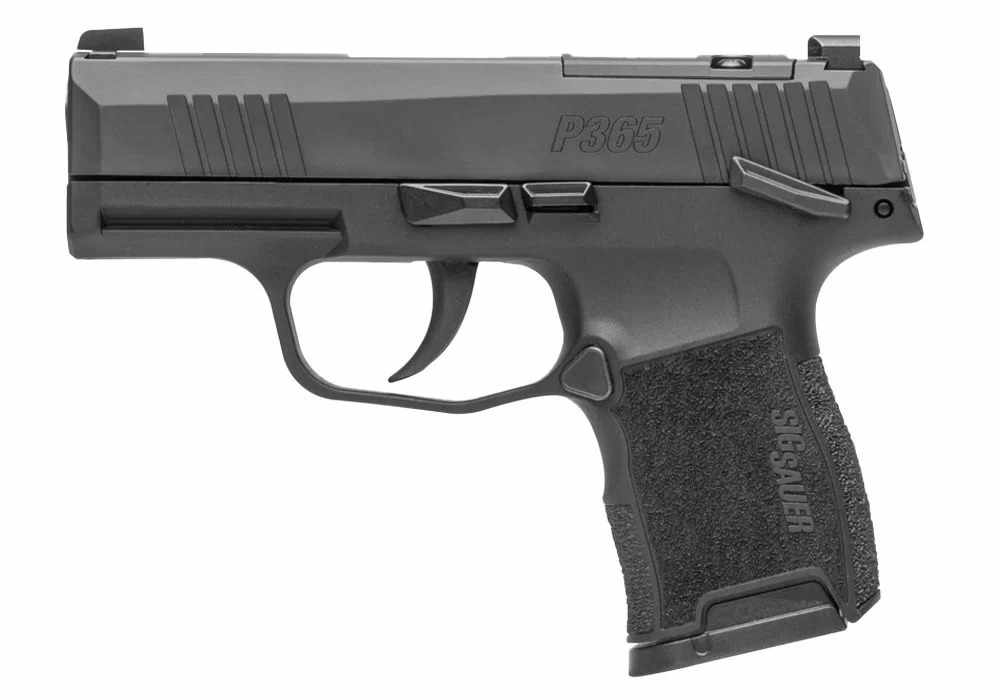
If you're a firearm enthusiast or a California resident looking to purchase an AR-15 rifle, it's important to understand the legal requirements that come with owning one. California has strict gun laws that govern the features of rifles like the AR-15. To legally own an AR-15 in the state, it must meet specific regulations, making it a California Compliant AR-15.
California Compliant AR-15: Understanding the Legal Requirements
California’s gun laws are known for being among the strictest in the country. When it comes to AR-15 rifles, the state has unique requirements that differ from federal regulations. A California Compliant AR-15 is essentially a modified version of the standard AR-15, altered to meet state laws. These modifications typically aim to prevent features that could classify the firearm as an assault weapon.
The key legal factors influencing whether an AR-15 is compliant include restrictions on certain features, magazine capacities, and compliance with the state’s registration system. Buyers in California must ensure their AR-15 rifles adhere to these regulations to avoid legal trouble.
1. Fixed Magazine or Bullet Button
One of the most notable features of a California Compliant AR-15 is the magazine attachment system. Under California law, AR-15s cannot have detachable magazines without modifying the rifle to make them fixed. This means the magazine cannot be removed without the use of tools.
To comply with this law, many AR-15 owners choose to install a "bullet button," which requires a tool (such as a bullet tip) to release the magazine. Alternatively, some AR-15 models come with fixed magazines that cannot be removed, thus complying with state regulations.
2. No Pistol Grip or Forward Grip
A key feature that sets a California Compliant AR-15 apart from a non-compliant model is the restriction on pistol grips and forward grips. California law prohibits the use of pistol grips or vertical forward grips on rifles, as these are considered characteristics of "assault weapons."
To stay compliant, AR-15 owners in California must use a "featureless" stock configuration. This configuration replaces the traditional pistol grip with a standard grip or a grip that does not offer the same control and functionality as a pistol grip. The lack of a forward grip further ensures compliance with the law.
3. Fixed Stock or Featureless Grip
Another modification required for a California Compliant AR-15 is the stock. The adjustable or collapsible stocks, which are popular on AR-15s for their versatility, are not allowed in California unless the rifle adheres to featureless requirements. A fixed stock or a featureless grip is mandatory for California buyers.
Featureless grips are designed in a way that eliminates the ability to wrap your thumb around the grip, which is a feature prohibited by California law. This modification helps to classify the rifle as a legal hunting or sporting firearm rather than an assault weapon.
4. Flash Suppressor Removal
Flash suppressors, which are designed to reduce the visibility of a rifle’s muzzle flash, are considered a banned feature in California. These suppressors help shooters conceal their position at night, which is why they are regulated in the state.
To make an AR-15 California-compliant, the flash suppressor must be removed and replaced with a muzzle brake or a compensator. These alternatives reduce recoil and muzzle rise without providing any concealment benefits, aligning the rifle with the state's legal requirements.
5. Barrel Length and Overall Length Regulations
California has specific laws that regulate the minimum barrel length and overall length of rifles. The minimum legal barrel length for an AR-15 in California is 16 inches. Additionally, the rifle’s overall length must exceed 30 inches to meet the state’s legal standards.
This requirement ensures that AR-15s are long enough to classify as rifles rather than short-barreled rifles (SBRs), which are heavily regulated. To comply with California’s laws, manufacturers design AR-15 rifles with longer barrels and overall lengths to prevent the rifle from being classified as an SBR.
6. No Bayonet Lug
Another feature prohibited by California law is the bayonet lug. Bayonet lugs, which allow the attachment of a bayonet to the rifle, are considered a characteristic of military-style firearms and are banned for civilian use in the state.
California Compliant AR-15 rifles must be designed without a bayonet lug. This modification ensures the rifle does not meet the state’s definition of an assault weapon, making it legal for civilian ownership in California.
7. 10-Round Magazine Capacity
California also limits the magazine capacity for rifles like the AR-15. In the state, the maximum magazine capacity for any semi-automatic rifle is restricted to 10 rounds. This regulation aims to limit the firepower of civilian firearms and reduce the potential for rapid-fire capabilities.
California buyers of AR-15s must ensure that the rifle comes with magazines that hold no more than 10 rounds. While 30-round magazines are still available in some states, they cannot be legally possessed in California without modification or a special exemption.
Read more: Top 10 Best Assault Rifles
Conclusion
Owning an AR-15 rifle in California requires understanding and adhering to a strict set of legal requirements. A California Compliant AR-15 is designed to meet these regulations and features modifications such as fixed magazines, featureless grips, and compliance with state limits on barrel length and magazine capacity. By ensuring that your AR-15 is modified to be compliant, you can enjoy the benefits of owning one of the most versatile rifles on the market while staying within the bounds of California law.




















Write a comment ...